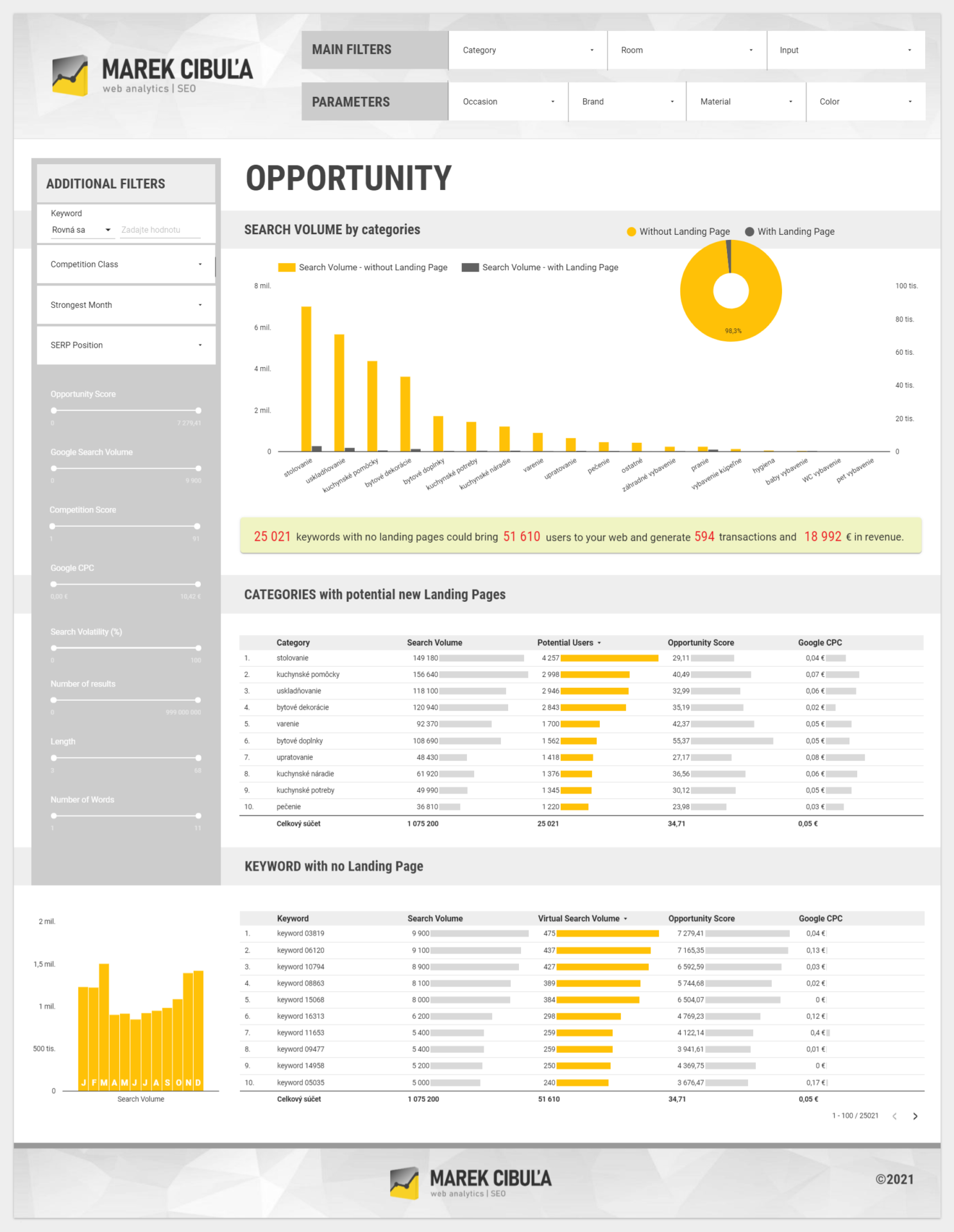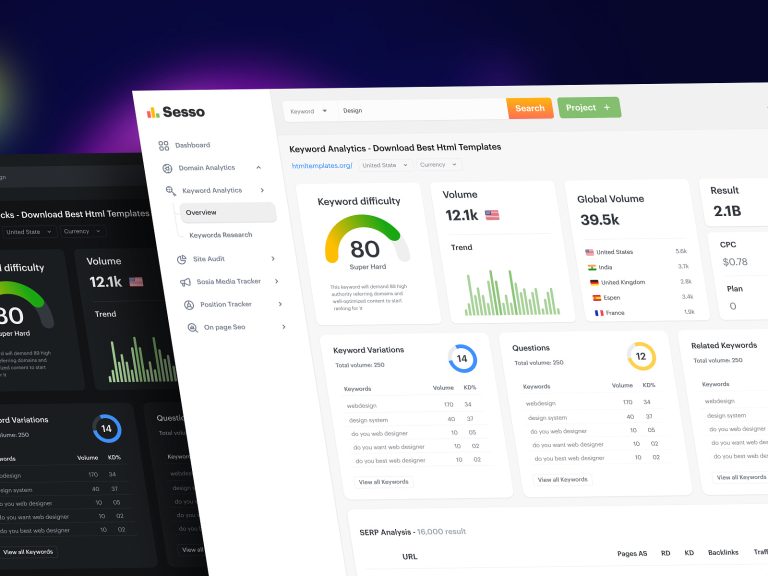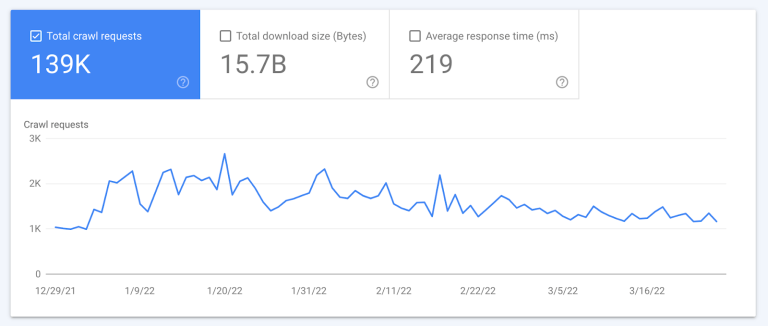In the ever-evolving world of digital marketing, keyword tracking has become an essential tool for businesses aiming to improve their search engine rankings and drive organic traffic. As search engines like Google continue to refine their algorithms, understanding how your content performs for specific keywords is more important than ever. This guide will walk you through the fundamentals of keyword tracking, its importance in SEO, and how to effectively implement it to boost your online visibility.
What Is Keyword Tracking?
Keyword tracking is the process of monitoring where your webpages appear in search engine results for specific keywords and how those positions change over time. It allows you to see if your content is ranking well for the terms your audience is searching for and whether your efforts are paying off.
For example, if your goal is to rank for “backpacks for travel,” keyword tracking tells you whether your page is in position 5, 15, or anywhere else in the results. It also shows if the ranking is rising or falling over time. By tracking these changes, you can identify opportunities for improvement and adjust your SEO strategy accordingly.
Why Keyword Tracking Matters in 2025

As search results evolve with new features like AI Overviews, dynamic content, and mobile-first indexing, keyword tracking becomes even more critical. Here’s why:
- Monitor Traffic Changes: A drop in rankings for a high-converting keyword can directly impact your revenue.
- Identify Competitor Moves: Track how competitors are performing and adapt your strategy.
- Detect Technical Issues: Sudden drops might indicate site speed problems or crawl errors.
- Optimize Content Strategy: Understand which keywords are driving traffic and focus on improving underperforming ones.
With tools like Semrush, Ahrefs, and Google Search Console, you can track keyword rankings across devices, locations, and even AI-driven search features. This data helps you stay ahead of the curve and maintain a competitive edge.
How to Track Keyword Rankings: A Step-by-Step Workflow
Tracking keywords effectively requires a structured approach. Here’s a five-step workflow to help you set up and monitor your keyword performance:
1. Choose the Right Keywords to Track
Start by selecting the most important keywords that align with your business goals. Not every keyword is worth tracking. Focus on terms that:
– Match your offerings (products, services, or content)
– Align with your site’s primary goals
– Generate decent impressions or clicks
– Include your brand or product names
Avoid one-word terms that are too broad or irrelevant keywords that don’t contribute to your objectives.
2. Select a Tracking Method

You can use free tools like Google Search Console or dedicated platforms like Semrush’s Position Tracking. While GSC provides a basic overview, tools like Semrush offer more detailed insights, including competitor comparisons, device-specific rankings, and AI Overview tracking.
3. Set Up Your Position Tracking Project
To begin tracking, open your chosen tool and create a project for your domain. Enter your website’s URL, select the search engine, and choose the location and device you want to track. Then, add the keywords you’ve identified and start monitoring.
4. Analyze Reports and Organize Keywords with Tags
Most keyword tracking tools provide various reports, such as:
– Landscape: Shows overall trend lines and keyword wins/losses.
– Overview: Summarizes visibility, estimated traffic, and average keyword positions.
– Cannibalization: Flags pages competing for the same keywords.
– Competitors Discovery: Identifies new competitors for your tracked keywords.
Use tags to group related keywords, making it easier to filter, track, and report on them. For example, tag keywords by funnel stage, page type, or business priority.
5. Fix Drops, Build on Gains, and Monitor What Matters

When you notice a keyword drop, investigate the cause. Check the affected page for updates, relevance, or competition. If nothing changed, examine the new result above you to see if it’s more in-depth or better optimized.
Set up alerts to notify you of significant changes in rankings so you can act quickly before traffic is impacted. Use the insights from your reports to refine your content and SEO strategy.
Common Keyword Tracking Mistakes to Avoid
Even with the right tools, mistakes can lead to missed opportunities. Here are some common pitfalls to avoid:
- Tracking Too Many Keywords: Focus on the keywords that drive traffic and conversions.
- Ignoring Intent: Ensure keywords align with your content and audience needs.
- Not Segmenting by Priority: Use tags or filters to prioritize critical changes.
- Overreacting to Daily Swings: Rankings often fluctuate slightly; watch for consistent drops.
- Forgetting to Track New Targets: Revisit your keyword list regularly to catch new opportunities.
- Only Watching Average Position: Monitor individual keyword movements for clearer insights.
Advanced Keyword Tracking Tips
Here are three advanced tips to take your keyword tracking to the next level:
1. Monitor Keywords Affected by AI Overviews
AI Overviews often appear above organic results and can reduce clicks to top-ranking pages. Track which keywords trigger these summaries and update your content to be more concise, structured, and relevant.
2. Use Tags to Segment by Priority
When tracking a large set of keywords, prioritize those that drive conversions. Tag them with labels like “Conversion” or “High Priority” to easily spot and act on ranking changes.
3. Use the Cannibalization Report to Fix Keyword Overlap
If multiple pages on your site rank for the same keyword, they may compete against each other. Use the cannibalization report to identify overlapping keywords and optimize your content to avoid internal competition.
How Tracking Keyword Rankings Improves Business Results
Ranking changes can directly affect your traffic, leads, and sales. For example, a small drop in rankings for a high-converting keyword can lead to significant revenue loss. By tracking these changes, you can:
– Identify and fix issues before they impact your bottom line.
– Adjust your content strategy to capture more traffic.
– Stay ahead of competitors and maintain your market share.
Frequently Asked Questions
Can I Track Keywords for Free?
Yes, you can track keywords for free using Google Search Console. It shows the queries your site ranks for, along with clicks, impressions, and average position. You can also track up to 10 keywords for free in Semrush’s Position Tracking.
How Often Should I Check Rankings?
Check keyword rankings at least once per week to spot trends and avoid overreacting to daily fluctuations. For large keyword sets, consider setting up alerts to catch major movements automatically.
How Many Keywords Should I Track?
Start with 50–100 keywords if you have a small site. For larger sites, track hundreds or more. Prioritize keywords tied to your products, services, or content that drive conversions.
How to Track Keywords in Google Analytics (GA4)?
Google Analytics 4 doesn’t share full keyword data, but if you link GA4 to Google Search Console, you’ll see keyword-level metrics in the “Search Console” section.
How to Track Keywords in Semrush?
Use Semrush’s Position Tracking tool. Add your domain, choose a location and device, and enter the keywords you want to monitor. The tool will show daily rankings, competitors, and SERP features for each keyword.
How to Track Keywords for YouTube?
Use Semrush’s Rank Tracker for YouTube. Connect your channel and add your target keywords. The tool shows where your videos rank, which ones improved, and which keywords drive the most visibility.
How to Track Keyword Rankings in ChatGPT?
Use Semrush’s Position Tracking tool. Set up a campaign, add up to 50 target keywords, and choose ChatGPT as the search engine. The tool provides insights into how often your content appears and how visible you are compared to competitors.
Conclusion
Keyword tracking is no longer just a nice-to-have—it’s a necessity for any business looking to succeed in the competitive world of SEO. By monitoring your keyword rankings, you gain valuable insights into your content’s performance, identify areas for improvement, and stay ahead of the competition.
Whether you’re using free tools like Google Search Console or advanced platforms like Semrush, the key is to focus on the keywords that matter most to your business. With the right strategy and tools, you can turn keyword tracking into a powerful asset that drives traffic, leads, and sales.
Start tracking your most important keywords today and take control of your SEO success.







